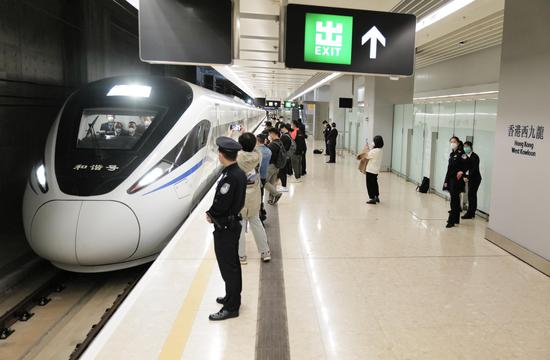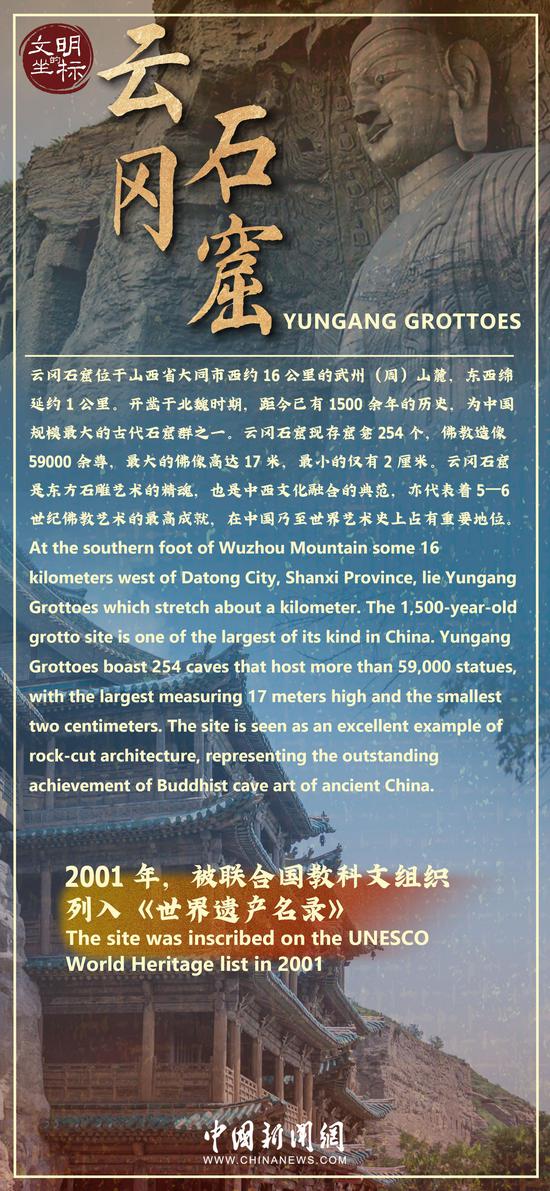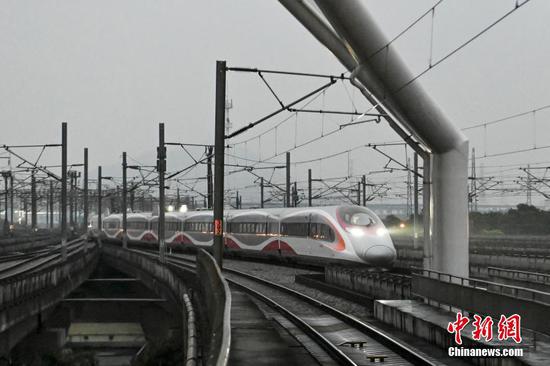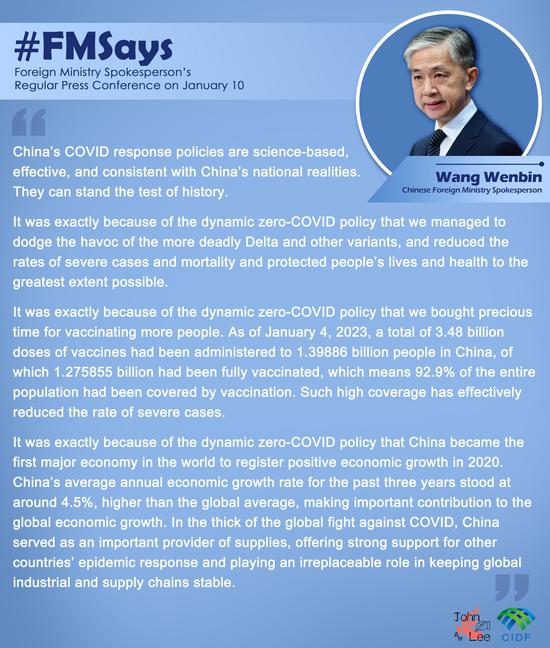
A man hugs his grandson at a railway station in Hohhot, Inner Mongolia autonomous region, on Sunday. (LIU LEI/XINHUA)
China's population dropped last year for the first time in about six decades, heralding a period of negative growth, but experts and officials said it would not immediately affect the strength of the nation's labor force, and the labor supply situation remains positive.
They also stressed the need to roll out more robust incentive policies to encourage childbirth in order to counter the growing aging trend and avert a sudden sharp decline in population.
The country's overall population fell by 850,000 year-on-year to 1.41175 billion in 2022, the National Bureau of Statistics said on Tuesday.
"The decline was primarily caused by a decrease in newborns, as well as less willingness to have babies, delays in getting married and having babies, and the shrinking population of women of childbearing age," said Kang Yi, head of the bureau.
About 9.56 million babies were born last year, down from 10.62 million in 2021. The birthrate stood at 6.77 births per 1,000 people in 2022, down from 7.52 in 2021.
Both rates last year were the lowest in history, according to data from the bureau.
Meanwhile, the death rate nationwide was 7.37 per 1,000 people last year, putting the natural growth rate at negative 0.6 per 1,000 people, said the bureau.
"Negative population growth is a natural outcome of socioeconomic development, and many countries are experiencing this process," Kang said during a news conference held by the State Council Information Office.
He added that the decline is expected to persist but there is no need to overstress the situation.
"The key to the demographic issue is matching the size and structure of the population with the industrial system," he said. "Currently, our labor supply still exceeds demand, and a falling population does not necessarily mean that our demographic dividend is lost."
Kang added that the country's labor quality and education level are improving and are compatible with its industrial development. "We have a positive labor supply situation," he said.
Zhang Xuying, deputy head of the China Population and Development Research Center, said that Japan and 19 European nations have grappled with population declines since 1950.
In China, the total fertility rate — the average number of children born to each woman of reproductive age — fell below the replacement level of 2.1 in 1992, which is below the minimum threshold for keeping a stable population.
This means that the momentum for negative growth has been building in China for over 30 years, Zhang said in an article released on Monday by the China Population and Development Research Center.
Officials said earlier that the fertility rate in 2020 was 1.3.
Even if the nation manages to increase and maintain the fertility rate at 2.1, negative population growth will persist due to the accumulated impact of years of low fertility, he said.
"China has a massive population and its demographic advantage is notable," he said. "There is still great potential in tapping into demographic resources to bolster economic development."
Data released by the bureau shows that China's working age population — people age 16 to 59 — was about 875.6 million last year, or 62 percent of the total population.
Yuan Xin, a demography professor at Nankai University in Tianjin, said China's labor supply will remain stable in the coming years.
However, experts said intensified efforts are needed in the next few decades to incentivize childbirth, as issues ranging from an aging society to a labor shortage will likely loom large by the end of this century.
In May 2021, China announced that all couples could have three children, up from two, and rolled out a series of supportive measures to encourage childbirth. Since then, local governments have also launched a range of policies such as monthly subsidies for families with a third child.
Yuan said supportive policies aimed at encouraging childbirth should be long-standing and stable, and differences in policies between urban and rural areas, and first and third babies, should be decreased.


















































 京公网安备 11010202009201号
京公网安备 11010202009201号